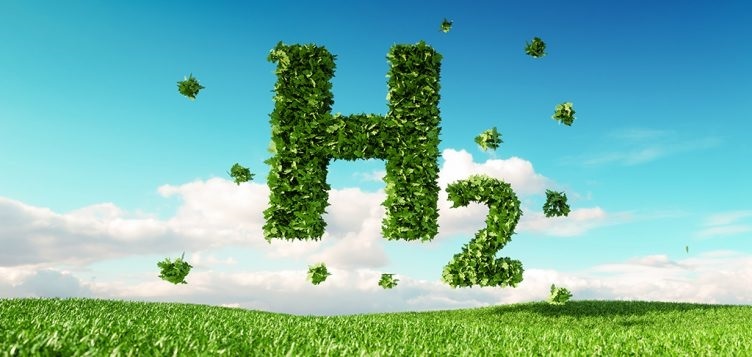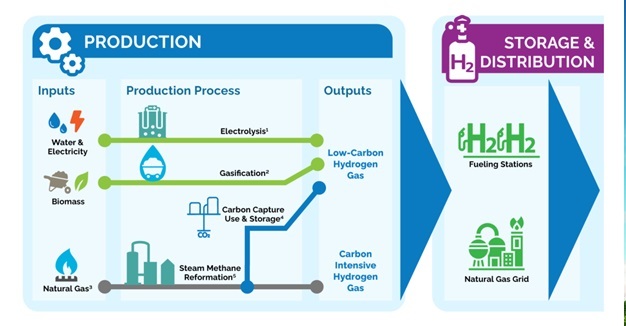 |
|
|
In June, 2019, at the request of the government of Japan under its G20 presidency in Osaka, the International Energy Agency (IEA) has compiled “The future of hydrogen” report to analyze the current state of play for hydrogen and to offer guidance on its future development.
One of important contents of the summit was: Sustainable development, climate change, environment and energy. Vietnam also participated in it as an invitee. At the time of summit, there were only three countries including France, Japan and South Korea releasing their strategies for the use of hydrogen as a clean energy source.
So far, 17 governments have released hydrogen strategies, more than 20 governments have announced that they are working to develop strategies, and numerous companies are seeking to tap into hydrogen business opportunities.
According to IEA, the potential of hydrogen plays a key role in the future of clean, safe and sustainable energy. Hydrogen demand stood at 90 Mt in 2020, practically all for refining and industrial applications and produced almost exclusively from fossil fuels (natural gas and coal), resulting in close to 900 Mt of CO2 emissions.
In order to maximumly reduce the CO2 which caused greenhouse gas emission from the production of this technology as well as from other resources, many countries are studying the low-carbon hydrogen production technologies. One of the most interested low-carbon technologies is electrolysi, biomass gasification and steam methane reforming (as showed below).
 |
|
Source: https://www.ontario.ca/page/low-carbon-hydrogen
|
It is estimated that by 2030, when total hydrogen production reaches 200Mt, 70% of these shall be produced from low-carbon technologies (electrolysis or fossil fuels with carbon capture, use & storage).
Hydrogen production then grows to over 500 Mt H2 by 2050, practically all based on low-carbon technologies. Reaching these goals will require that installed electrolysis capacity increase from 0.3 GW today to close to 850 GW by 2030 and almost 3,600 GW by 2050 (Global Hydrogen Review, IEA 2021).
Green hydrogen is produced through water electrolysis, in which electricity is used to split water into hydrogen and oxygen. Hydrogen produced from electrolysis has many advantages as it can be stored in liquified gas, suitable for use in many sectors and easy carrying.
In October 2021, Enterprize Energy Group (UK – Singapore) and some European investors proposed to invest in Thang Long Wind 2 (TLW2) to produce hydrogen from seawater electrolysis to export to South Korea, Japan and Singapore). This project is located at the region of Thang Long Offshore Wind Farm project (offshore Binh Thuan). The project scale is of 2,000MW, with a total investment of US$5 billion, scheduled for commencement in 2022 to 2030.
This is the first hydrogen production from seawater electrolysis project of Vietnam. With its ideal location, it could create a breakthrough, maximumly exploit the offshore wind potential and lay the foundation for green hydrogen economy development for Vietnam in the near future. In addition, in the process of project development, TLW2 shall take full advantage of qualification, experience of local contractors like PTSC, Vietsovpetro to fabricate and process the sea facilities of project.
According to Prime Minister Pham Minh Chinh's speech at the 4th Russian Energy Week, held in Russia from October 13 – 15, 2021 with the topic “Global Energy: Transformation for Development”, Vietnam is well aware of the importance of changing the structure of energy sources in the direction of increasing the proportion of renewable energy associated with economical, efficient and sustainable use of energy.
This roadmap is fully abided by the spirit of Resolution No.55-NQ/TW of Politburo on research, formulation and encouragement of hydrogen energy in suit with global trend. To seriously implement this roadmap, the Prime Minister approved the National Strategy on green growth in 2021-2030, with a vision to 2050 in Decision No. 1658 dated October 01, in which it clearly stated the duty an obligation of Ministry of Industry and Trade on studying, formulating the incentive mechanism for development of hydrogen in attachment with offshore wind.
PV